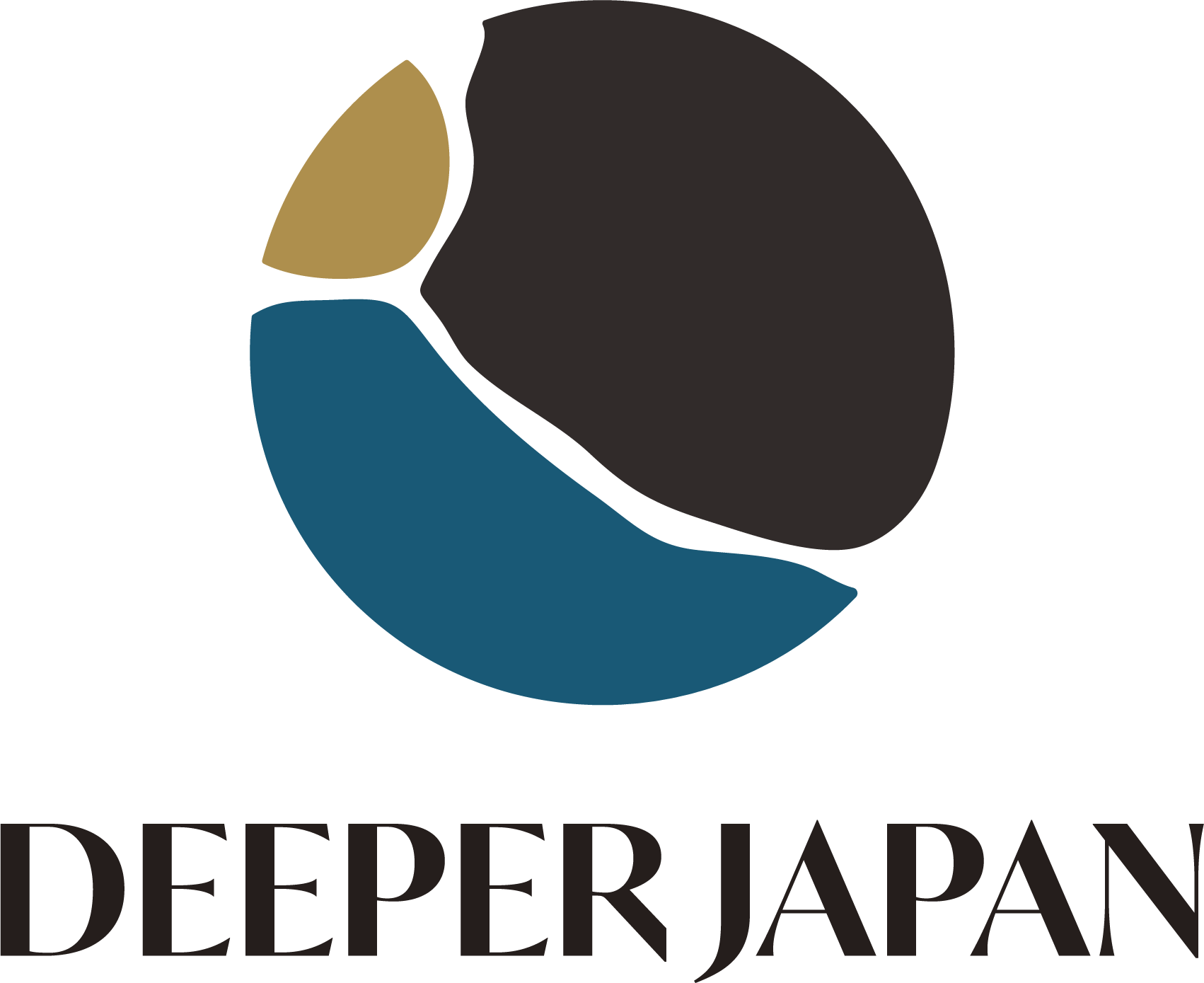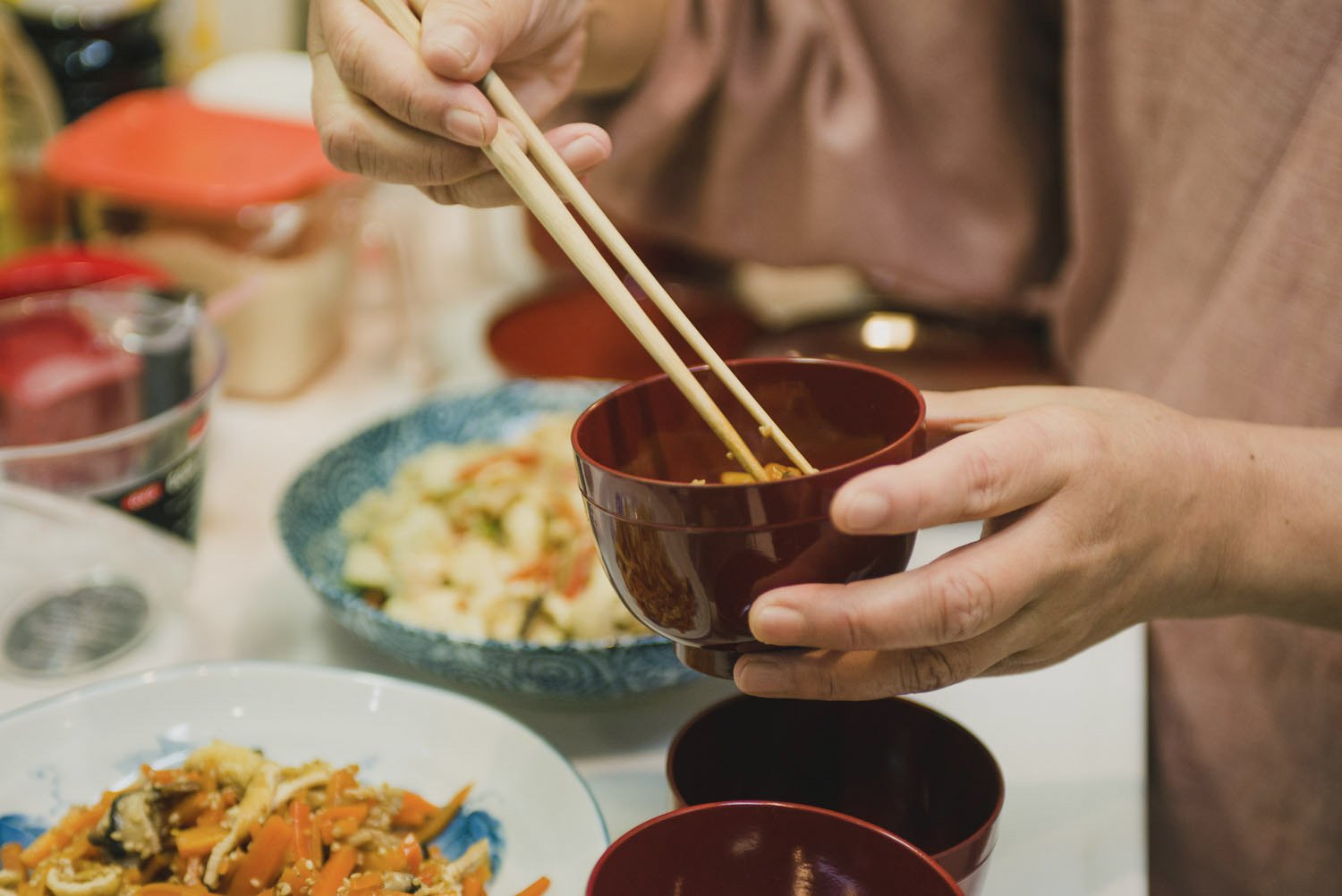Mottainai: Japan’s Culture of Food and Food Waste
By Ayana Waki
The key to being less wasteful is simple: live a humble, modest life.
Such philosophies are emphasized in Zen Buddhism, instilling a mottainai mindset (or more simply put a ‘waste not want not’ thinking) that has since expanded beyond the realm of religion to become embedded in many day-to-day customs within Japanese culture. From the re-usage of food scraps to create intricate kaiseki dishes to the reparation of broken items with gold lacquer, more commonly known as the art of kintsugi, this culture of conservation remains strongly ingrained in Japan. Yet, whilst having certain sustainable habits, the country is far from perfect; Japan is currently a leading contributor to the global issue of food waste and ranks second in the world for plastic waste generation per capita. To understand Japan’s long and complex love affair with waste, let us first look into the origins of the term, mottainai.
Buddhism, Shinto, and the Philosophy of Waste
Translated to ‘what a waste!’ in English, the term mottainai can be commonly heard across Japan when something is not used to its full extent or someone is being wasteful–food left unfinished on a plate, a perfectly usable household tossed in the trash, or even talents squandered or not taken fully advantage of. Yet many are unaware of the term’s origins stemming from Buddhist philosophy.
The term mottainai is composed of the Buddhist term mottai meaning undue importance and nai meaning nothing, denoting negation. This is why mottainai in actual terms translates to 'without importance'. At first, this might come across as contradictory. However, this way of thinking that nothing exists by itself and only comes to fruition concerning something else is highly aligned with the mindset of Buddhism. This is particularly seen in dependent origination—a practice believing that everything is interlinked and every action taken has a consequence. It is also why wasting something small is believed to cause a greater, more serious impact on another object in the future.
In Japan, Buddhism has long co-existed with Shintoism. A religion stemming from animistic beliefs, holding shamanic practices and respect for communal values, the origins of Shintoism date back to the beginning of Japanese civilization and is considered the indigenous religion of the country. In Shintoism, nature is sacred, elements such as sunshine and water are considered blessings, and rice cultivation is seen as a sacrosanct ritual. Not only this, Shintoism believes that all objects possess the spirit of the kami or god. Kami lives in everything and is the core element that allows an object to come to life. Perhaps this is why in Shintoism, leaving behind food is frowned upon as even a single grain of rice withholds spirit and should be treated with respect.
Nowadays, mottainai is used casually amongst people in Japan especially when someone is being unnecessarily wasteful. The mindset of mottainai is also practiced in many art forms, including kintsugi. A Japanese art that consists of mending broken pottery parts with urushi—a type of lacquer used to coat everyday kitchen staples—mixed in with gold, silver or platinum powder, kintsugi is not only the embodiment of the wabi-sabi philosophy of embracing imperfection but also stems from the philosophy of mottainai. New purpose is given to an item, turning the derelict into beauty that can be used in daily life.
Mottainai in Japanese Food Culture
An expression of mottainai in terms of food culture lies in the usage of leftovers or byproducts to create new ingredients and dishes. One such leftover is sake kasu, which refers to the waste generated when Japanese sake finishes brewing. Having a bittersweet taste when eaten raw, sake kasu is commonly used as a marinade to enhance the umami flavor of different foods, such as narazuke, a pickling method used in Nara Prefecture, and also utilized to create a sweet, flavored non-alcoholic drink called amazake, consumed during the New Year season at shrines and temples. Another food byproduct commonly reused is okara, an insoluble part of the soybean that remains when pureed soy milk is filtered to create tofu. Traditionally, okara is eaten with soy sauce, mirin, burdock root, shiitake mushrooms, and carrots to create a small dish with a paste-like consistency called unohana. Although both sake kasu and okara are leftovers and could be categorized as food waste, they are instead reused for dishes, from everyday, homecooked meals to upscale, fine dining fare.
Japan is renowned for its Michelin-starred restaurants, second only to France, where the rating system originated in 1926. In this epicurious country, Buddhism’s influence on traditionally prepared dishes can be seen in various different dishes and dining styles; however, once of particular impact is that of shojin ryori. Consisting of vegetarian and vegan dishes incorporating mostly seasonal vegetables, plants, and soybean-based products, shojin ryori was developed as a spiritual exercise by Buddhist monks. Both the act of preparation and the consumption of the meal can bring the mind and soul together, which is why nothing edible is ever wasted to respect and appreciate every part of the process.
Another formal dining style passed down from Zen Buddhism is kaiseki. Considered the epitome of classic Japanese fine dining, kaiseki is a full-course experience composed of small delicate dishes created from fresh and seasonal ingredients. This multi-course Japanese dinner can be traced back to the 16th century and has ties to early tea ceremony rituals. As each dish is meticulously crafted, it was traditionally served and consumed by the royal noble classes.
Although such examples of traditional and fine dining actively utilize leftovers and food waste like sake kasu and okara in their dishes, the issue of food waste in the Japanese food industry still persists. The idea of mottainai, on the other hand, has expanded beyond the borders of Japan.
A Modern-day Mottainai and The Problem of Food Waste
After a visit to Japan in 2005, Kenyan environmentalist and Nobel Peace Prize winner Wangari Maathai brought the concept of mottainai to the global stage. Connecting the philosophy to the idea of “reduce, reuse, recycle,” Maathai also lauded the term’s approach to the respect given to our natural resources.
Despite the word mottainai resonating with an overseas crowd, its significance is unfortunately waning in its home country. With 6.12 million tonnes of food waste in 2022 alone, Japan is a high contributor to this global issue. There are several root causes. One of them is strict regulations. As consumers and manufacturers expect high standards for the goods distributed across the country, food that fails to pass such protocols is thrown away even before hitting the supermarkets. The second is rigid structures within large chain supermarkets, convenience stores, and the overall food sector. In 2020, it was estimated by the Japan Fair Trade Commission that on average, convenience stores threw away 4.68m yen worth of food per shop per year. With pressure coming from top-down executives to hit high sales targets, convenience stores overbuy on their stock to try and upsell on their offerings. But when demand fails to equal supply, stores inevitably throw away excessive amounts of food from their shelves each day.
Concerned citizens and companies are slowly but surely taking action. Lawson, one of the biggest convenience chain stores in the country, opened a branch with an in-store food bank. The store also installed an AI system that determines the freshness of a product to assist shop managers with when certain products should be discounted so they can be sold before expiration.
Another solution is coming into effect by leveraging the knowledge Japan knows best: fermentation. Koichi Takahashi, a former practicing veterinarian, is creating bio-gas and liquid feed for animals by fermenting food waste thrown away by several hundred supermarkets, department stores and mass manufacturers across the country. This new way of manufacturing ecofeed and biofuel from waste is also eco-friendly, producing 70% less greenhouse gas emissions; much friendlier than the conventional waste incineration process that causes air pollution. Now Takahashi’s company creates one million pounds worth of ecofeed and generates a generous profit from the 35,000 tons of food waste it processes yearly, proving that fermenting food waste can help the world and be profitable.
Mottainai in Modern Life
The Buddhist and Shinto influence on the philosophy of mottainai instructs us that everything should be used to its full extent; that even the residue left over from the process of fermenting foods can become something beautiful. Yet excessive waste is an ongoing global issue; one that Japan is, in no way, exempt from. However, the concept of mottainai has reached global audiences, creating an understanding of reducing waste and making a positive impact on society. And even in Japan, there are already countless who are stepping forward with the strong idea of mottainai behind them, from artisans repurposing old material into new products to culinary masters making the most out of every available ingredient, supporting the movement to create change.
About the Author: Ayana is a freelance journalist based in London, UK originally from Tokyo, Japan. By exploring topics in Japanese fashion, food, art, and design, she aims to reconnect with her heritage that she once neglected. Currently, she is doing an MA in fashion journalism, researching the extent of media's influence on how we interact with fashion communication and clothing.








